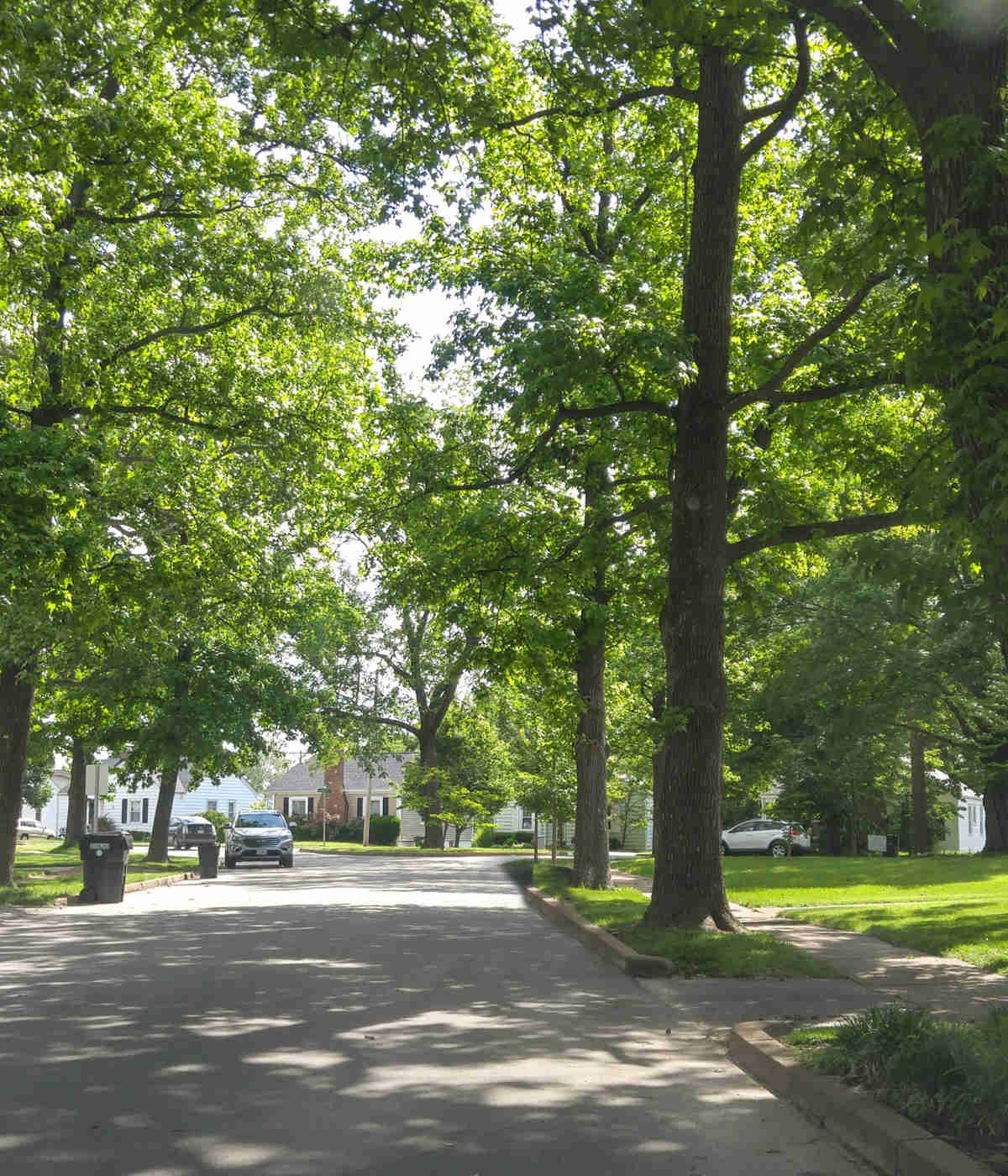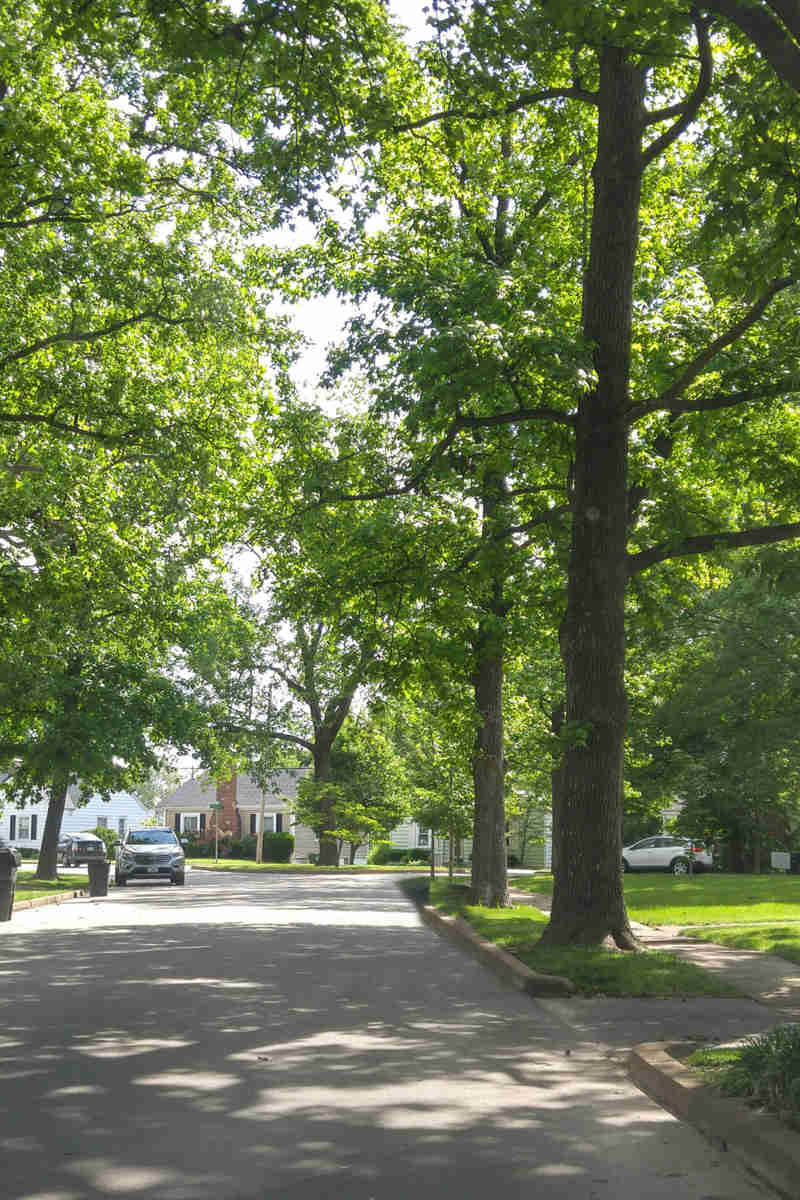As a commercial property manager, you’re always looking for ways to keep your site looking healthy and attractive, while also lowering your maintenance costs.
You may also have a facility that is in need of some updating or renovating. And as you’re planning this out, you’re also likely looking at sustainability advantages that can help you save money on a limited budget. For instance, incorporating low-maintenance plants that need less water, fertilizer, and overall care. Replacing invasive or non-native plant species in your landscape is a great step in reducing the amount of attention your landscape would require.
One great way to get the most out of your commercial landscape while improving sustainability on your site and reducing cost is xeriscaping. The benefits of xeriscaping include the smarter use of water to maximize efficiency and minimize waste.
You’re probably wondering, “What is xeriscaping?” Xeriscaping is a term that was started in 1980 and comes from the Greek word “xeros,” which means “dry.” In other words, xeriscaping is designing and implementing a landscape that utilizes plants, terrain, and water together, reducing the need for high amounts of supplemental water in arid environments.
Where is xeriscaping best implemented? This landscape technique can be particularly helpful in drier climates or regions experiencing water restrictions, such as the West or Southwest U.S. But regions with more abundant rainfall could also benefit from some of these practices.
Let’s review the 7 core concepts of xeriscaping so you can better understand this practice and learn how to use it to boost the aesthetics and help lower maintenance costs on your commercial property.
Xeriscaping: The 7 Steps
These seven key strategies can help you make a more efficient xeriscape transition on your commercial property.
1. Designing and Planning
A fundamental core of xeriscaping is putting the right plants in the right places to ensure success. This means matching sun- and shade-loving species with the correct areas and planting them in the appropriate soil types – a process that, done correctly, can reduce inputs like supplemental water, fertilizer, and pesticides.
Also, grouping plants in the correct water-usage zones can help maximize and target your irrigation. There are three key water-usage zones your plants will fall into:
- High Usage – These plants are located in visible areas like entryways, and you must water them as needed to maintain the best aesthetic appearance. This should be your smallest area. Plants in these areas typically include annual flowers like marigolds and Impatiens, hostas, and ferns.
- Moderate Usage – In these areas, you only need to water plants when they show signs of stress from a lack of moisture. Examples of plants in these spots are lavender, violets, and sweet potato vine.
- Low Usage – This will be the majority of your xeriscape landscape. You water them during the planting process and then only when needed thereafter. Plants that tend to fall into this category are succulents, ornamental grasses like feather reed grass, and cacti.
2. Soil Analysis and Remediation
Another important aspect of xeriscaping is soil improvement and care.
You start by evaluating soil for its characteristics, looking at its composition and texture, the overall topography of your landscape, and its chemical components, like pH and mineral content.
Next, based on those results, you’ll add the necessary amounts of organic matter to add nutrients, and improve drainage. For instance, if you have clay soil in the Southeast or Midwest, additional nutrients can improve your soil composition and balance its pH over time.
Remember, understanding the soil on your property can assist with plant placement based on water and sunlight needs. This is a key strategy in how to save water on your commercial property.
3. Proper Plant Selection
Like in Step 1, consider the water usage zones where you’ll feature plants, and start with native species that are known to thrive in your area. This naturally reduces maintenance, water needs, and chemical applications on your commercial site.
Once you’ve determined which plants to use in each zone, you can focus on proper plant placement within those areas. Maximize water efficiency by installing plants that may require more moist conditions along north- and east-facing slopes. You also never want to pair plants that need a lot of moisture with those that need little moisture in the same landscape bed since their water needs don’t align.
Your best bet is to choose drought-tolerant plants for your region and follow that right plant, right place principle to ensure success.
4. Practical Turfgrass Usage
Depending on your specific region, properly utilizing turf areas can help you in many ways. Turf can reduce erosion, absorb pollutants, and give your property a beautiful aesthetic.
While turf does well in places with adequate rainfall and irrigation, other areas like the arid regions in the southwestern U.S. aren’t ideal candidates for vast turf expanses.
When choosing turfgrass varieties, you want to look at your soil type, sunlight exposure, and the length of your growing season. Drought-tolerance is another key feature of turfgrass that can benefit you as you’re xeriscaping. Choosing turf for your area that is more drought-tolerant can ensure you’re using less water in its care.
5. Efficient Irrigation
Mother Nature is always the best irrigator. But when she doesn’t supply the right amount of water for the plants on your commercial property, then an efficient, well-designed irrigation system is the best way to save the most water.
Start by conducting a water audit to ensure your commercial landscape and irrigation system are maximized for efficiency.
Then, water only at appropriate times. Watering at the wrong times can lead to waste, as well as fungus or rot issues.
6. Take Advantage of Mulch and Ground Cover
Stones and Mulch provide amazing benefits to your commercial landscape. You might think they just improve aesthetics, but they serve other functions as well - like helping soil retain moisture so it’s available for your plants, trees, and shrubs; adding organic matter to improve your soil condition; and preventing weeds in your landscape beds.
It’s an inexpensive addition that adds tremendous value each year.
7. Smart Maintenance
Xeriscaping’s intention is to reduce the amount of water used on your property.
Once your landscape is set up to embrace this philosophy, maintaining it to continue to amplify its benefits can ensure xeriscaping continues working for you.
Here are some key ways your maintenance can enhance xeriscaping on your property:
- Mulch your grass clippings to return lost nutrients to your soil and reduce fertilizer needs.
- Prune properly to encourage new growth and keep trees and shrubs looking sharp.
- Although even natives aren’t always drought-resistant, use native plants whenever possible. They naturally need less attention, saving you time and money.
How Can I Get Started?
The best news about xeriscaping is that its principles can be applied everywhere.
If you’re located in a drier region like those areas in California, Arizona, or Colorado, you will use different plant species in different ways and may not have large – if any – turf areas, while commercial sites in other regions may have more moisture in their natural environments so their xeriscape landscapes will use more turf and plants more appropriate to their unique conditions.
No matter your location, saving water and creating a more sustainable commercial site can only benefit your community and your business.



